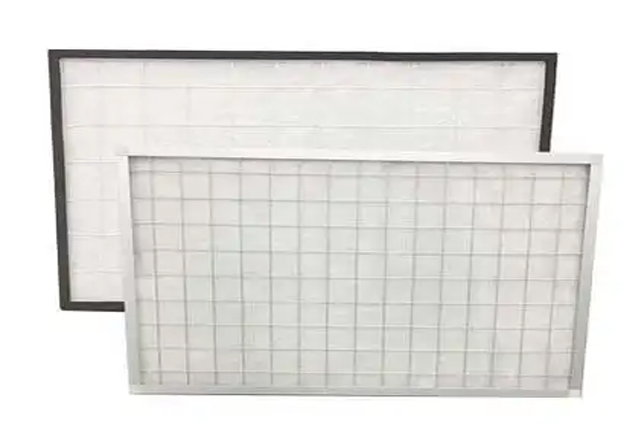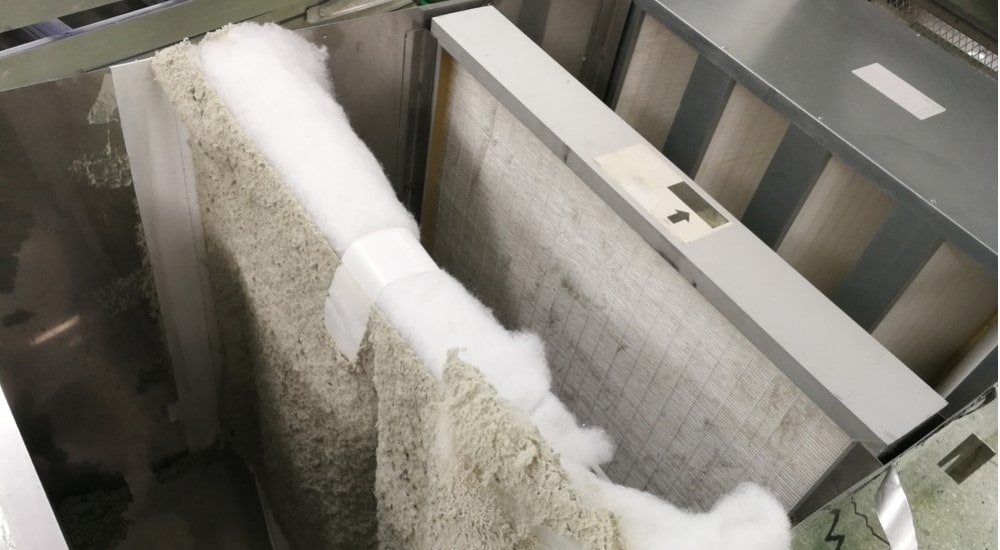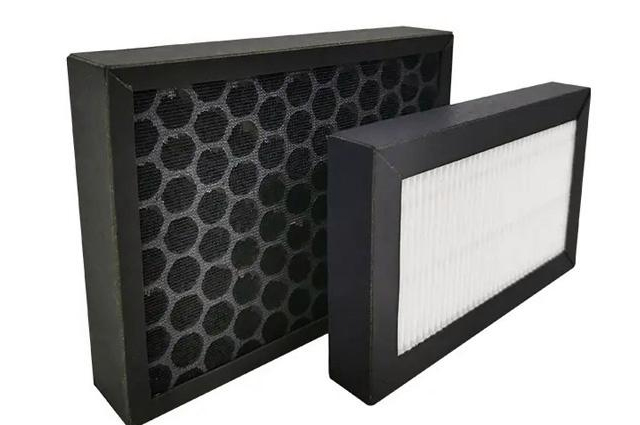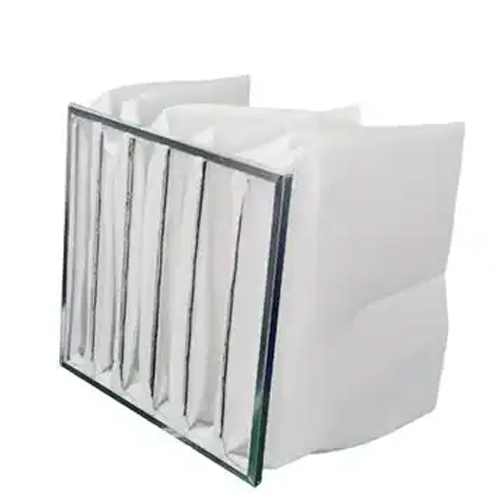medium filters: Materials, Standards & Applications
Medium filters can be crafted from a diverse array of materials such as sand, anthracite, crushed glass, geo-textile fabrics, and occasionally even shredded tires. In multimedia filters, a combination of materials like sand, anthracite, and garnet is often employed, layered strategically to enhance particle capture. When it comes to liquid filtration, materials such as polypropylene, stainless steel wire mesh, or sintered metal powder are commonly used. For air filters, materials like paper, cotton, or foam are frequently utilized. Deiiang™, with insights from their product designer Jacob, excels in creating innovative filtration solutions, expertly engineered to meet diverse filtration needs across industries.
What Materials Are Medium Filters Made From?
Fiberglass
Fiberglass is one of the most common materials used in medium filters. It consists of fine glass fibers that trap airborne particles effectively. According to ASHRAE Standard 52.2, fiberglass filters can ACHieve a Minimum Efficiency Reporting Value (MERV) rating of 1 to 8, depending on the density of the fiber mat. This material is lightweight, cost-effective, and offers excellent dust-holding capacity.

Polyester
Polyester filters are another popular choice due to their durability and high-efficiency performance. These filters can be manufactured to meet various MERV ratings, often ranging from 6 to 12. Polyester's resistance to moisture and decay, as per ISO 16890, makes it suitable for many different environments, including those with high humidity levels. This material is also recyclable, adding an eco-friendly aspect to its use.

Pleated Paper
Pleated paper filters utilize layers of paper that are folded to increase surface area. This design enhances their filtration efficiency, allowing for higher particle capture rates. Typically, pleated paper filters can achieve MERV ratings between 5 and 10. According to ASTM D7396, these filters are effective in reducing particulate matter and can be manufactured with various thicknesses, commonly ranging from 1 to 2 inches.

Activated Carbon
Activated carbon is often added to medium filters to enhance odorous gas removal. This material works through adsorption, trapping volatile organic compounds (VOCs) and other pollutants. Filters containing activated carbon can significantly improve air quality, particularly in environments where chemical odors are prevalent. As noted in ISO 16000-6, these filters can effectively reduce indoor air pollution when used alongside particle filters.

Synthetic Media
Synthetic media filters are composed of man-made fibers that provide excellent filtration efficiency and durability. These filters can range in MERV ratings from 8 to 15, depending on their construction. The use of synthetic materials, as outlined in ISO 16890, allows for better airflow and lower resistance, resulting in energy savings for HVAC systems. They are also resistant to moisture and microbial growth, making them ideal for sensitive environments.

Standards and Regulations
| Standard | Description |
|---|---|
| ASHRAE Standard 52.2 | Test methods for Air Filter performance. |
| ISO 16890 | Air filters for general ventilation. |
| ASTM D7396 | Test method for evaluating the performance of air filters. |
| ISO 16000-6 | Measurement of volatile organic compounds in indoor air. |
What are Good Materials for Filters?
1. Common Filter Materials
- Activated carbon: Effective for removing impurities and odors.
- Fiberglass: Known for its high dirt-holding capacity.
- Polypropylene: Durable and resistant to chemicals, suitable for various applications.
2. Natural Materials
- Sand and clay: Eco-friendly and effective in removing larger particles from water.
3. Synthetic Options
- Nylon and polyester: Popular for strength and versatility; can be engineered to meet specific filtration needs.
4. Membrane Filters
Membrane filters, often made from polymers, are used for microfiltration and ultrafiltration. They effectively separate particles based on size, making them ideal for water purification and industrial processes.
5. Composite Materials
Composite materials combine different substances to enhance filtration efficiency. These materials can be tailored to specific applications, improving performance and longevity in filter systems.
What Materials are in Depth Filters?
Common Depth Filter Materials
Depth filters typically use materials like cellulose, glass fiber, and synthetic fibers. These materials trap particles throughout the filter's thickness, providing effective filtration.
Advantages of Depth Filters
- High dirt-holding capacity.
- Can handle varying flow rates.
- Suitable for diverse applications in water treatment and industrial processes.
What is Used as a Filter Medium in Strainers?
Common Filter Mediums
Strainers often use mesh screens or perforated plates as filter mediums. These materials effectively capture larger particles while allowing fluids to pass through.
Additional Filter Mediums
In some cases, additional filter mediums like foam or felt can be used to enhance filtration efficiency. These materials can trap smaller particles that mesh screens might miss.
Importance of Filter Mediums
The choice of filter medium is crucial for the performance of strainers. It affects the flow rate, filtration efficiency, and maintenance requirements, ensuring optimal operation in various applications.
Which Component is Used for Filter?
1. Filter Components Overview
Key components of filters include filter media, housings, and end caps. Each plays a vital role in ensuring effective filtration and system integrity.
2. Role of Filter Media
Filter media is the primary component responsible for capturing contaminants. Its material and design significantly influence the filter's performance and lifespan.
3. Importance of Housings
Filter housings protect the filter media and maintain system pressure. They are designed to withstand operational conditions, ensuring the filter functions effectively over time.
Comprehensive Guide to Filter Materials & Standards | All Information Compiled from Reliable Sources
 +86 18186671616
+86 18186671616 Jason@cleanroomequips.com
Jason@cleanroomequips.com
 MENU
MENU



